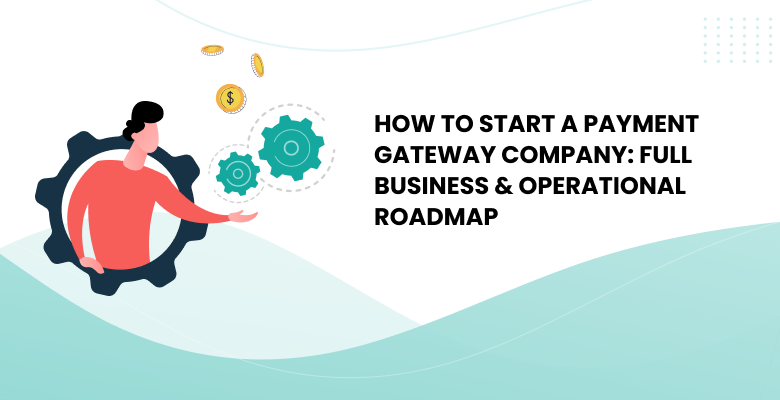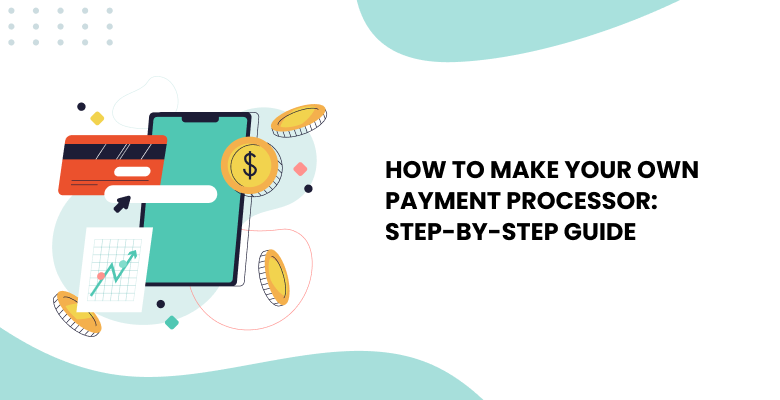In today’s digital commerce landscape, both buyers and sellers prioritize swift, secure, and seamless transaction methods. The BCA payment gateway emerges as a prime solution to address these needs. This platform facilitates merchants in collecting payments from buyers, eliminating the need for direct interactions.
Grasping the Flow of the Payment Gateway Process
Capturing the Client’s Request: Everything starts when a client makes a selection, specifying their desired product or service.
Product Review: After receiving the order, it’s crucial to evaluate stock levels, confirm the price, code, and other relevant details related to the product or service.
Generating a Payment URL: Following order validation, a distinctive payment URL is crafted for that particular transaction. This URL is then relayed to the client.
Client’s Payment Action: Upon getting the payment URL, the client can click through to complete their payment.
One-Time Password Validation: Digital transaction security is of utmost importance. Therefore, after the transaction, an OTP (One Time Password) is sent to the client for payment verification, enhancing security measures.
Confirming the Transaction: After the client finalizes the transaction, sellers can promptly review the payment status on the BCA e-commerce Payment Gateway site.
Crafting a Payment URL: A Detailed Guide
To simplify things further, let’s delineate the stages involved in producing a payment URL:
Accessing the Portal: Start by signing into the BCA Payment Gateway Interface with your seller details.
URL Creation: Browse and choose the “Payment URL” feature. In this section, enter the comprehensive order data.
Activate the URL: Once you’ve provided the necessary information, hit the “Generate Payment URL” option.
Forward to Client: After it’s created, replicate the exclusive payment URL and forward it to your client, generally through email.
How to Begin
If you’re aiming to incorporate the BCA payment gateway using the provided link, here’s a condensed guide: Firstly, access the designated URL tailored for BCA’s e-commerce payment gateway. Many such platforms prominently feature a “Register” or “Sign-Up” option for new merchants, either directly on their homepage, within a menu, or in the footer. When you locate this, you’ll be prompted to fill a registration form, capturing essential business details like company name, nature of business, contact info, and your website’s URL. Subsequent to this, you’ll be asked to provide verifiable documentation, encompassing things like your business license, tax documents, and the business owner’s identification. Post submission, BCA typically takes a variable time, ranging from days to weeks, to review your application based on their queue and the thoroughness of their verification. Once you secure approval, they grant access to their merchant portal and crucial resources, facilitating the integration of the payment gateway into your digital platform. It’s imperative to rigorously test this integration, often through a provided sandbox mode, before transitioning to the live mode to accept real payments. Regularly updating your integration and staying abreast of notifications or alterations on the merchant portal is key. Lastly, for any complexities or queries, the BCA merchant support or help desk is available to provide assistance.











